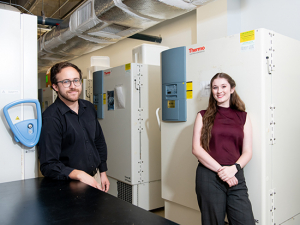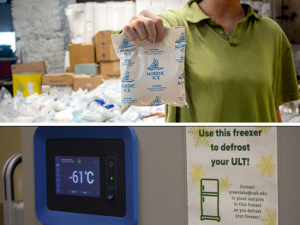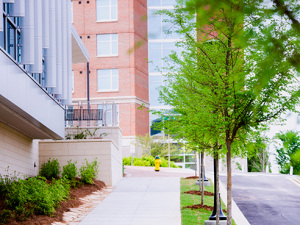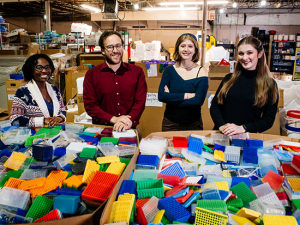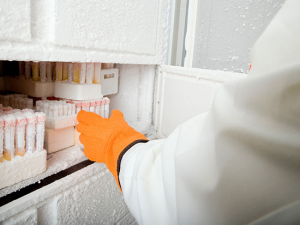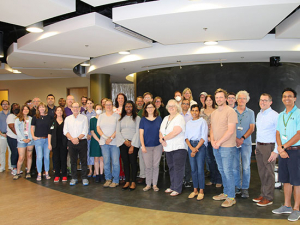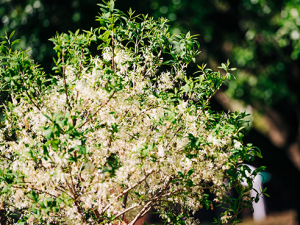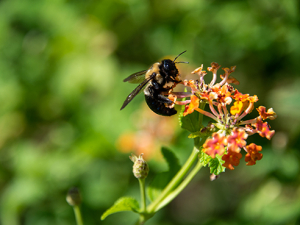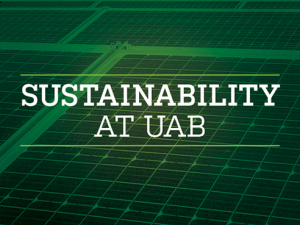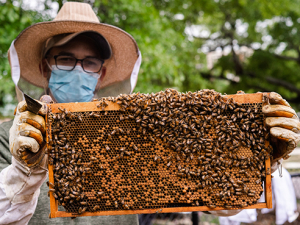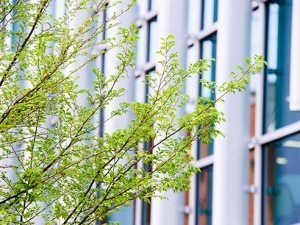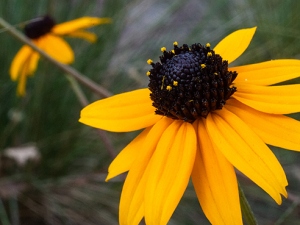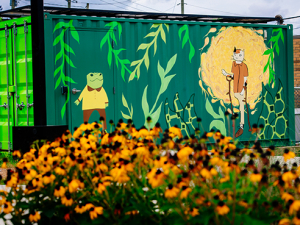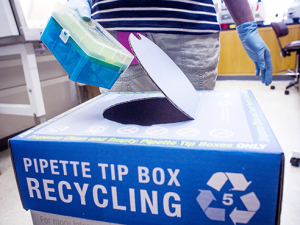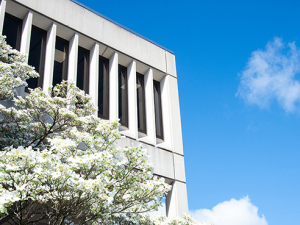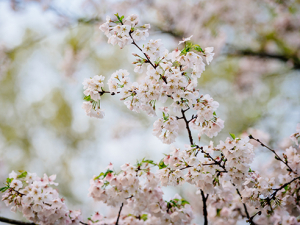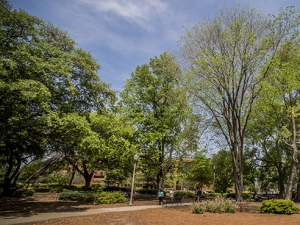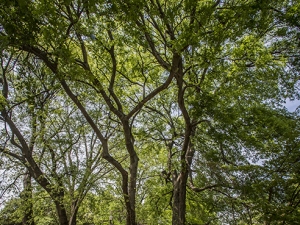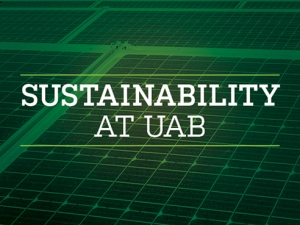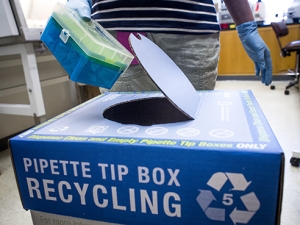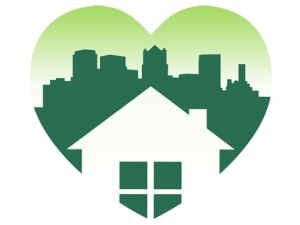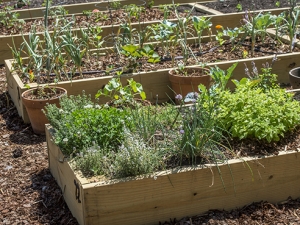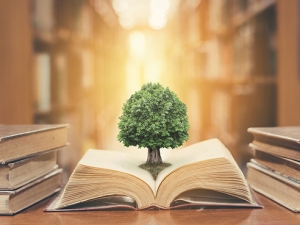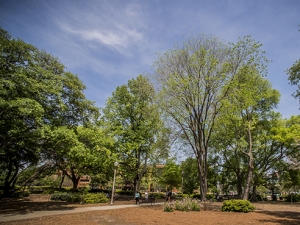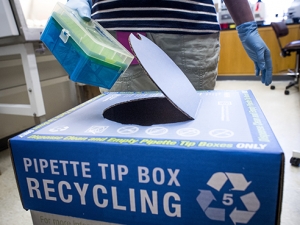 As UAB celebrates its 50th anniversary in 2019, its trees have provided $125 million worth of air-pollution control, $126 million in soil-erosion control and recycled at least $152 million worth of water.For the fifth year, UAB is recognized by the National Arbor Day Foundation as a Tree Campus USA for its work to nurture more than 4,400 healthy trees and engage students and employees in conservation.
As UAB celebrates its 50th anniversary in 2019, its trees have provided $125 million worth of air-pollution control, $126 million in soil-erosion control and recycled at least $152 million worth of water.For the fifth year, UAB is recognized by the National Arbor Day Foundation as a Tree Campus USA for its work to nurture more than 4,400 healthy trees and engage students and employees in conservation.
UAB is dedicated to preserving tree growth on campus and has a preservation process to accommodate campus construction. The UAB Facilities Division created a process to evaluate the trees and estimate their worth; if a tree or group of trees must be removed during construction, new trees equal to the value of those removed must be planted at the site or the equivalent dollar amount added to the University Tree Fund.
|
Gifts to UAB’s Tree Fund will be used to maintain tree diversity, replace damaged or diseased trees and add to the tree population on campus. |
Can you really put a dollar value on a tree? Yes, Price says. There are costs you would have to bear if trees weren’t here to do the work for you. For example, throughout the course of 50 years, a single tree can generate $31,250 worth of air pollution control, recycle $38,000 worth of water and provide $31,500 worth of soil erosion-control. As UAB celebrates its 50th anniversary in 2019, its trees have provided $125 million worth of air-pollution control, $126 million in soil-erosion control and recycled at least $152 million worth of water.
UAB was first designated a Tree Campus USA in 2015 for its accomplishments in 2014; the certification must be renewed annually.

